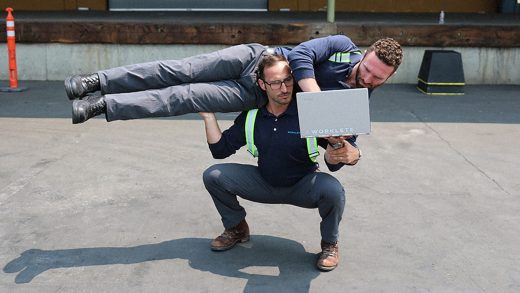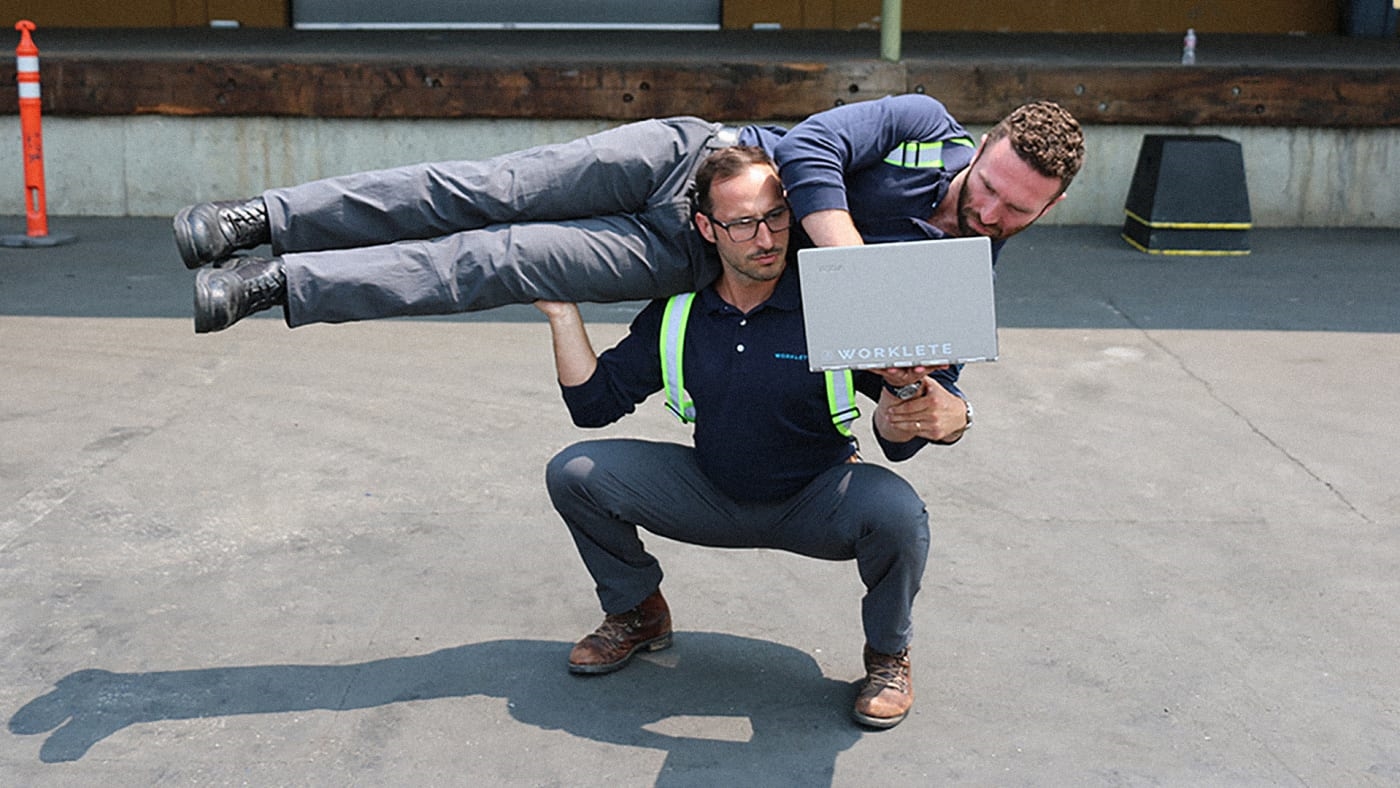This app’s video lifting lessons keep blue-collar workforces strong
Pain, we like to tell ourselves, is weakness leaving the body. And that’s sometimes true, like every time we start working ourselves back in shape after a few months on the couch. But pain can also be a clear sign of error (like when you stub a toe on your coffee table) and a warning sign of a biomechanical breakdown.
Particularly for workers in high-stress or blue-collar professions, physical breakdowns are inevitable. According to the U.S. Bureau of Labor Statistics, the occupations with the highest numbers of nonfatal injuries are firefighters, nurses, freight workers, material movers, heavy equipment drivers, and nursing assistants.
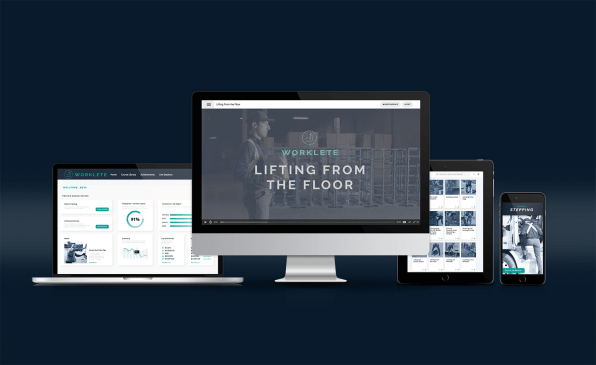
“Across the board, across all industries, you see about $96 billion in worker compensation costs,” says Benjamin Kanner, CEO and founder of Worklete. “About 64% of those are related to musculoskeletal injuries–your back injuries, your shoulder injuries, your knee injuries.
“If we can teach these folks basic rules for human movement, and say, ‘Yes, there is a better and a worse way to move,’ that’s really how we win. That’s how we help blue-collar, underserved populations stay injury-free so they can work hard all day long and then go home and enjoy their lives outside of work, too.”
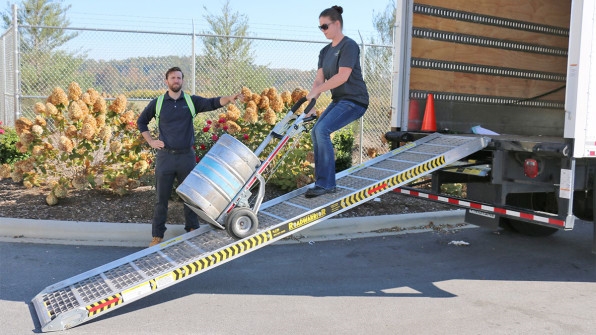
Kanner’s company, which launched commercially at the end of 2015, has been providing a form of preventative medicine for the workers who keep America humming, and cost reduction for companies, including Penske Logistics and Nestlé Waters. Worklete trains workforces to move in better, smarter, and safer ways, whether that’s teaching the proper driving posture when operating a forklift or the best technique for lifting a five-gallon water jug.
This might sound trivial, but it’s not.
“It’s a 42.5-pound water bottle,” Kanner tells Fast Company in a phone interview. “These guys touch it like 300 times a day, so that’s over 12,000 pounds worth of weight. Now, it’s in very small segments, but you and I lift that much weight in a week, maybe a month–these guys are lifting it each and every day.”
Worklete, which operates with the tagline, “Work Like an Athlete,” is delivering real, accessible physical education where it hasn’t previously existed. When it comes to lifting that jug, at least, it’s best to assume the “power stance,” with both feet pointing forward and legs shoulder-width apart. Then comes a practiced hip hinge and squat, which helps support and power the load on its way up to your preferred shoulder.
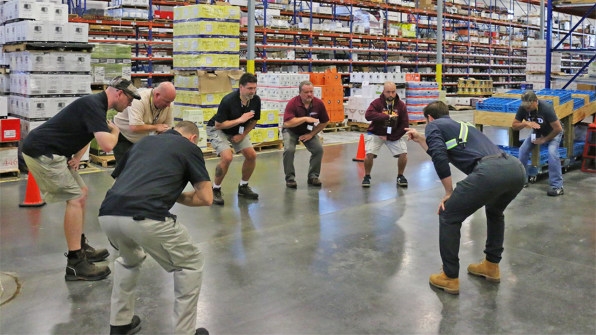
Worklete COO John Leo Post says that the platform currently has as many as 700 unique learning paths, with specific guidance in preventing overexertion and repetitive motion injuries when entering and exiting the cab of an 18-wheeler, rolling kegs, opening and closing bay doors, using bottle hooks, and more.
Today, 20,000 frontline workers use the smartphone app, which runs each employee through 10 two-week training modules. The first week of each module is centered around movement “basics,” with photo- and video-based lessons followed by short quizzes. The total time commitment is about five minutes per week.
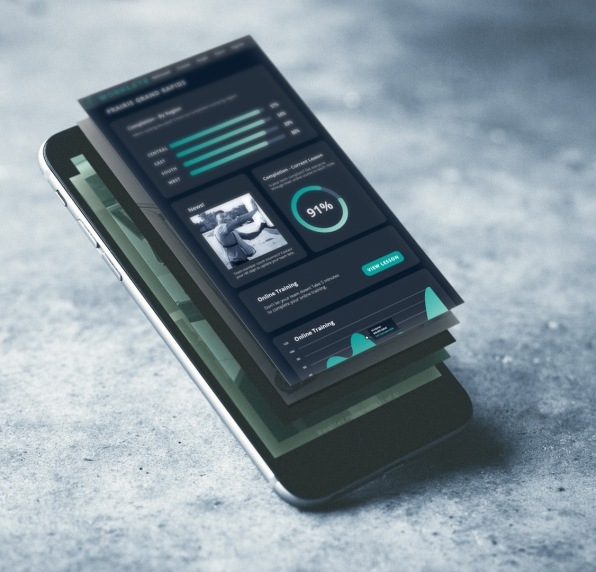
The second part of each module involves in-person practice sessions with partners or teams. These trainings are led by “champions,” unofficial leaders on the ground. Champions, typically shift managers, are selected during new client onboarding, during which Worklete’s strength and conditioning experts, advised by CrossFit star Kelly Starrett (who’s also worked with the New Orleans Saints, Navy SEALs, and Arsenal Football Club), demonstrate the company promise on site. Champions are not only featured in the video trainings alongside official Worklete coaches, to make the digital lessons persuasive and personal, but also receive additional resources to set up practice.
After basic training is complete, things get a bit more interesting. Worklete then offers industry- and location-specific content for hundreds of different roles. “A truck driver in Quebec will see lessons in French, and receive different modules than a warehouse worker in south Texas who speaks Spanish,” Kanner says. Even Hakha Chin, a language spoken by just half a million people in Southeast Asia, is supported on the platform.
This design has helped Worklete win over the most skeptical employees, who end up using the techniques outside of work, too–when pulling products off shelves at the grocery store, or picking up their children at home. The company reports a better than 95% engagement rate among workers, and says clients, who have been “dying for data,” have cut musculoskeletal injury rates by about 50%.
“Companies are good at reporting injuries, but they don’t have leading indicators about where injuries will occur. Our platform gives them clear reporting and visibility and insights into how teams are performing,” Post tells Fast Company during a product demo.
For Worklete subscribers, an admin dashboard allows managers to monitor employee progress on training modules on an individual basis, evaluate performance at the city or regional level, and review team rosters, including new hires (marked with red), who might benefit from extra attention. “Now when it comes to workplace safety,” Post says, “nobody is slipping through the cracks.”
Looking forward, it’s possible that almost all warehouse jobs, and professions like driving (one of the most popular in the U.S.), will be outsourced to robots. But it’s also possible that Worklete’s target demographic will continue to do the bulk of the labor, while leaning on cutting-edge technology like exoskeletons or augmented reality to help them do their jobs.
That’s how the venture capital world sees it, anyway. The San Francisco-based company just announced a $6.5 million Series A round, led by Trinity Ventures, with general partner Karan Mehandru joining Worklete’s board of directors.
“Exoskeletons are super cool, but you can be bionic and still have poor form, setting yourself up for injury,” Kanner says.
“There’s just an infinite number of situations and environments. You just can’t engineer all the risk out of it. What we can do is say, ‘Okay, this is how the body works. These are the stronger, more stable positions, and you can apply these positions to any situation you come up against.’ “
(25)

